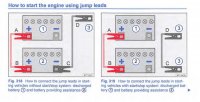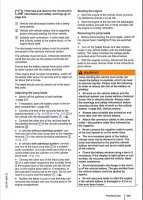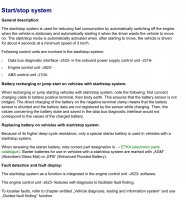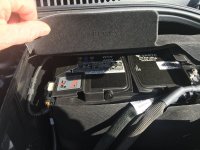Jabberwocky
Forever young (ish!)
Super Poster
Lifetime VIP Member
Hi, I have simple question but I don't seem to be able to find a simple answer. Sorry.
What should I see on the control panel when my leisure batteries are fully charged?
A) When on EHU.
B) When engine running.
Volts, % and amps charging
Thanks in advance.
What should I see on the control panel when my leisure batteries are fully charged?
A) When on EHU.
B) When engine running.
Volts, % and amps charging
Thanks in advance.


















